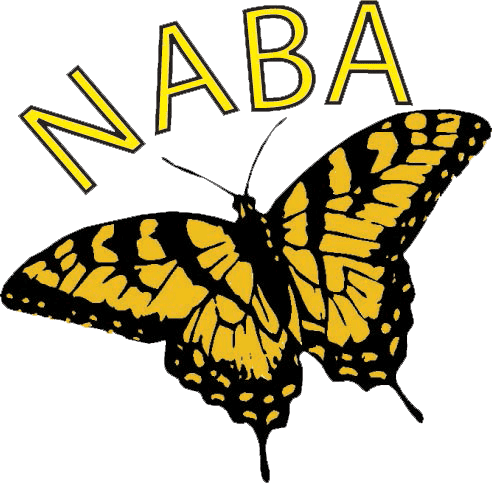

Common Hackberry
(Celtis occidentalis)
Other common names for this plant include American Hackberry
A relative of the Elm tree, Hackberry trees are adaptable to a wide range of light and moisture levels. Often planted for its purple-red fruit that attracts a wide variety of birds, Hackberry can be used as a native alternative for Chinese and Siberian Elms.
Read more about the use of Common Hackberry trees for butterfly gardening in a reprint of an article from Butterfly Gardener magazine: Caterpillar Food Plant: Hackberry
Importance as a butterfly nectar source:
Hackberry is used as a nectar source but it’s popularity varies by location.
Importance as a caterpillar food source:
Hackberry trees provide many butterfly species with caterpillar food. Although the activity is usually high above easy viewing levels, some guidelines for caterpillar identification are:
- Tawny Emperor caterpillars eggs are laid in large groups of 200 to 500 on Hackberry bark or leaves. The young caterpillars feed in large groups.
- Hackberry Emperor caterpillar eggs are laid in small groups ranging from one to twenty.
- American Snout caterpillar eggs are laid in small groups.
- Caterpillars of the Question Mark butterfly live alone on hackberry leaves.
- Mourning Cloak caterpillars live together in a web while eating Hackberry leaves.
Cultural Requirements
| USDA Hardiness Zone | 2 to 9 |
| Bloom Period | Not applicable |
| Bloom Color | Not applicable |
| Plant Height | 60 to 100 feet |
| Plant Spread | Rounded crown |
| Light Exposure | Full sun to partial shade |
| Soil Moisture | Moist but well drained |
| Animal/Disease Problems | None |
Native Range

Plant Rating
Plant rating scale ranges from 0 to 3. Plants rating 3 are the most useful for butterfly gardens. For more details on the ratings, see Native Plant Ratings
| Garden Rating | 3 |
| Nectar Rating | 0 |
| Caterpillar Rating | 3 |
